Sleep quality is the measurement of how well you're sleeping. In other words, whether your sleep is restful and restorative. You might be getting enough hours of sleep, but that doesn't necessarily mean you're getting the most restful type of sleep. So, generally sleep quality is more complicated to measure than sleep quantity. Sleep quality can actually be evaluated using both objective and subjective methods. In this project, a pressure sensor grid has been constructed into a mattress-like form and tested at the laboratory level to ensure all functions are working well. Following that, it will be evaluated under real conditions such as in health centres and hospitals. The network-based sleep posture detector is strongly recommended for the bedridden patients, and for those who are having pain or injuries on their specific body parts, such as spinal and shoulder. For bedridden patients, they might be immobile and cannot change their sleep posture regularly. Prolonged period of remaining a certain sleep posture will cause pressure ulcer and bring suffer to the patients. With the aid of sleep posture detector, nurses can monitor their real-time sleep posture and help them to change their sleep posture at the right time. For those who have body pain or injuries, they can relief their pain and recover faster from injuries by practicing appropriate sleep posture. Doctor can give suitable advice for them, which is to follow the correct sleep posture while sleeping after analysing their sleep posture image obtained from the sleep posture detector. The sleep posture detector is a thin-layered sleeping mat which consists of a layer of piezoresistive material with its top and bottom layer covered by copper tapes to form sensor grids. When someone lies on it, a human-body-shape sleep posture image ca be generated. The areas where pressure is applied will be presented in different colours depending on the intensity of the pressure. As the user changes the sleep posture, the sleep posture image changes as well. The sleep posture detector can distinguish six main classes of sleep postures, which are supine, prone, left log, right log, left foetus, and right foetus. The Malaysian Social Security Organization (SOCSO), or also known as PERKESO was established in 1971 under the Ministry of Human Resources to provide social security protections to all workers in Malaysia including rehabilitation benefits and improvement in workers' safety and health. This organization, PERKESO, has expressed their interest in collaborating in this project. Our research team had presented the concept of the pressure sensor grid to the doctors and physiotherapist at PERKESO. They are very keen and interested in collaborating with our research group, including in joint-application of national and international research grants. In the Academia side, we have also established a joint-research collaboration with Chiba University of Japan. Dr. Yu Wenwei a senior professor at the Medical Engineering department has led the University research team in cooperation with rehab centres, hospitals and elderly homes in Japan. Useful information and data have been gathered through these expeditions.
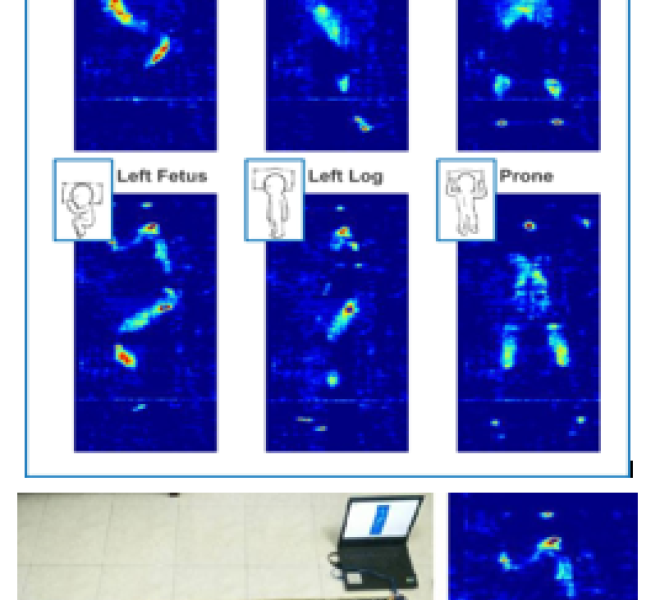
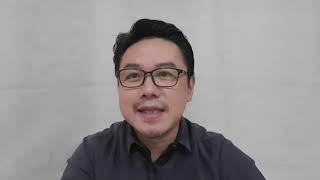
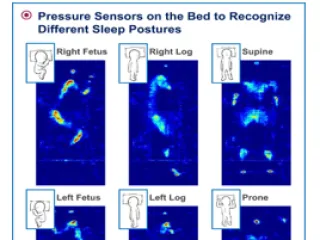
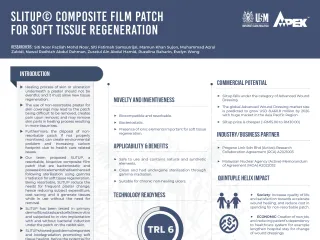

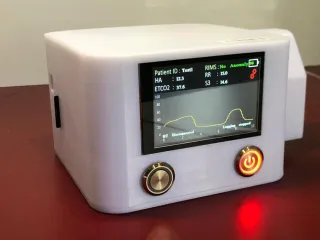
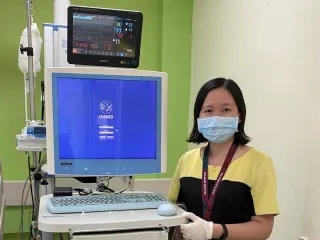
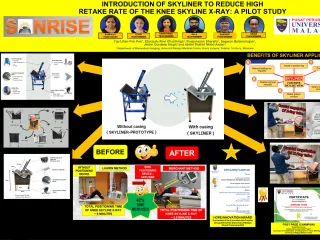

Comment